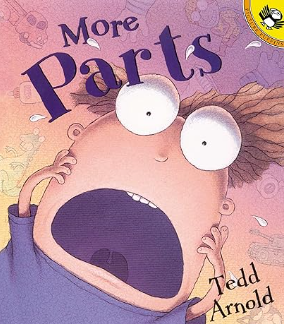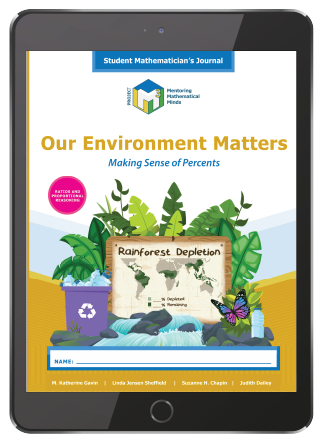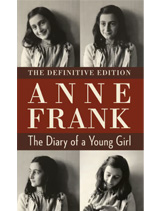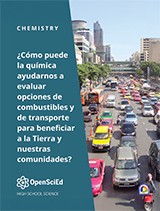Search Listing Name
product:
OpenSciEd Unit 6.5: Natural Hazards Teacher Edition
OpenSciEd Middle School science program addresses all middle school NGSS standards. This comprehensive science curriculum empowers students to question, design, investigate, and solve the world around them.
- Phenomenon Based - Centered around exploring phenomena or solving problems
- Driven by Student Questions - Storyline based on students’ questions and ideas
- Grounded in Evidence - Incremental building and revision of ideas based on evidence
- Collaborative - class and teacher figure

product:
Forensic Science for High School: Teacher Edition + 6 Year License
Forensic Science for High School is an inquiry-rich science course that focuses on the practices and analyses of physical evidence found at crime scenes. Its comprehensive curriculum provides an effective and engaging way to teach science to high school students.
The program’s flexible, easy-to-use eBooks are compatible with any Internet-en
product:
No Quick Fix: Exploring Human Body Systems
No Quick Fix uses systems as the fundamental concept to help students in grades 6-8 understand cell and tuberculosis biology. In a series of widening concentric circles, students learn that cells are elements in larger systems, such as the immune system and the even larger system of the human body. Students also interact with the human social systems: health care and public education. They will take on the role of physician and begin to search for the cause and resolution of the problem. While unraveling the interacti


product:
Project M3: Level 5-6: Our Environment Matters: Making Sense of Percents Student Mathematician's Journal 1 Year License
The Student Mathematician’s Journal allows students to explore simulated or real-life problems and help them to think, write, and read like mathematicians. It encourages students to reflect on what they have learned in each lesson, think deeply about mathematics, and communicate in writing on worksheets.
In this unit, students explore percents in depth. They begin with understanding percents as a part/whole ratio, comparing a given part to 100, which represents the original whole. In this way, the study of percent is linked to the study of proportionality


